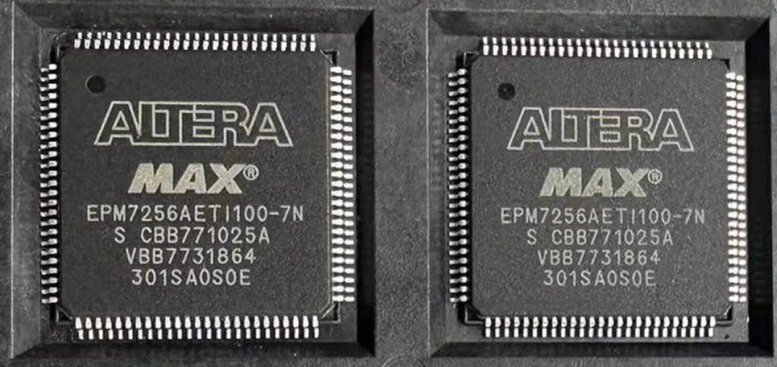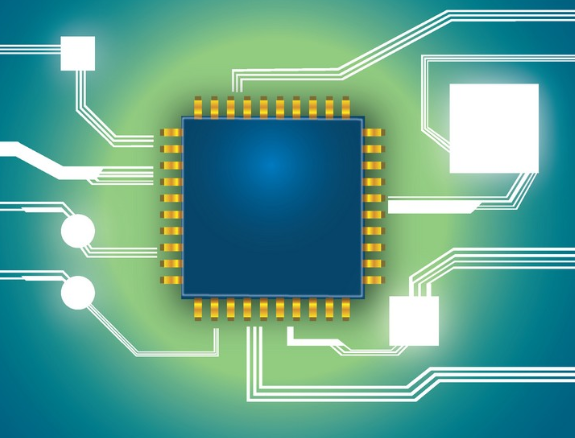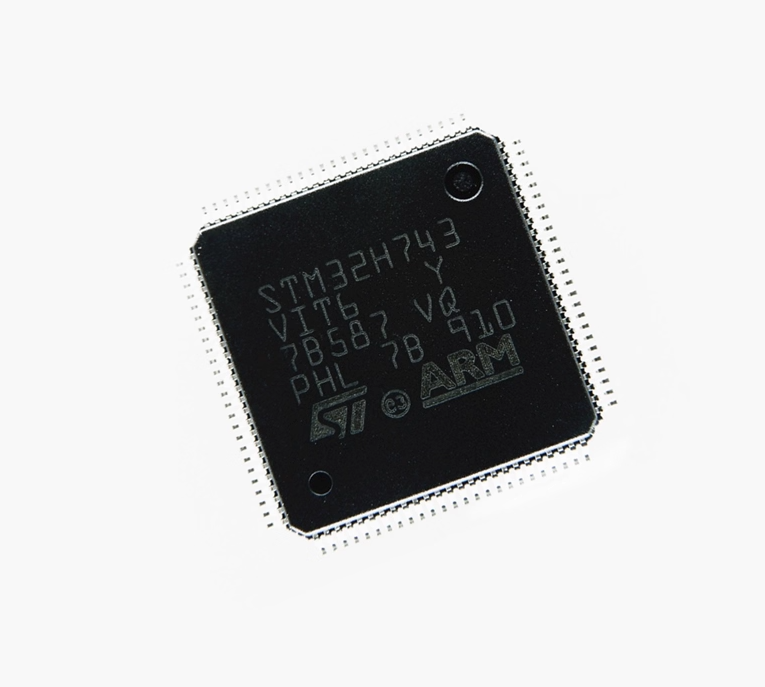Device Overview
The EPM7256AETI100-7 is a 256-macrocell CPLD in Intel’s (formerly Altera) MAX 7000A family. It is offered in a 100-pin TQFP package (14 mm × 14 mm, 0.5 mm pitch) rated for industrial temperature (–40 °C to +85 °C). Speed grade “–7” yields a typical combinational delay tPD ≈ 7.5 ns and a registered performance up to 125 MHz. EEPROM cells store the configuration, providing instant-on operation and supporting in-system programming (ISP) through the IEEE-1149.1 JTAG port and IEEE-1532 extensions.
Verified Technical Specifications
| Parameter | Value |
|---|---|
| Macrocells | 256 |
| Logic Array Blocks (LABs) | 16 |
| Max user I/O | 84 |
| Package | 100-TQFP (14 mm) |
| Core / I/O supply | 3.3 V (3.0–3.6 V) core, 5 V-tolerant I/O |
| tpd (typical) | 7.5 ns |
| fMAX (registered) | 125 MHz |
| Configuration memory | EEPROM, ≥ 20-year retention |
| Programming | ISP via JTAG, IEEE-1532 compliant |
| Quiescent current (standby) | ≈ 15 mA typical |
Typical Industrial Applications
- Industrial PLCs: glue logic for sensor aggregation and safety interlocks.
- Telecom line cards: protocol conversion and back-plane signal routing.
- Embedded boards: replacement for multiple 74-series, PAL or small gate-array devices.
- Automotive body controllers: state-machine logic for lighting and HVAC.
- Legacy system maintenance: direct form-fit-function replacement of obsolete logic.
Family Comparison
| Part Number | Macrocells | Max I/O | tpd (ns) | Package | ISP |
|---|---|---|---|---|---|
| EPM7064AETC44-10 | 64 | 36 | 10 | 44-TQFP | Yes |
| EPM7128AETC100-10 | 128 | 84 | 10 | 100-TQFP | Yes |
| EPM7256AETI100-7 | 256 | 84 | 7.5 | 100-TQFP | Yes |
In footprint-compatible 100-TQFP, the 7256AE doubles the logic of the 7128AE while reducing propagation delay by 25 %, making it the preferred choice when additional headroom is required without board changes.

Design Advantages & Limitations
Advantages- Field-reprogrammability via JTAG simplifies inventory and post-deployment fixes.
- 5-V-tolerant I/O simplifies interfacing to legacy buses.
- Mature toolchain (Quartus II v13.0sp1 and later) with proven reliability.
• 3.3 V core only; systems with 5 V rails require level shifters.
• Static current (~15 mA) is higher than modern flash-based CPLDs.
• Intel has placed the MAX 7000A family on NRND; long-term supply is through last-time-buy or legacy distributors.
Migration & Replacement Path
- Pin-compatible upgrade: MAX II EPM570T100C5 (100-TQFP, 440-µA standby, 3.3 V/2.5 V core).
- Low-power alternative: Lattice iCE40-1K in 100-TQFP for 1.2 V core designs.
- Performance boost: Cyclone IV EP4CE6E22 in 144-TQFP if FPGA fabric is acceptable.
For existing production runs, the EPM7256AETI100-7 remains the lowest-risk drop-in solution. New designs should evaluate MAX 10 or MAX II families for extended availability.
Procurement & Stock Status
Intel's last-buy date has passed; nevertheless, some distributors are still offering stock. Reel minimum order quantity is usually 90 pieces. For immediate samples or batch cuts, you can contact the supplier using the contact email below.
Get The Best Price From EQGOO!
10K of models in stock! Just waiting for your enquiry!



